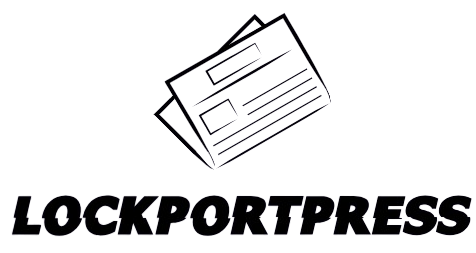
For businesses relying on both marketing automation and complex sales pipelines, having two separate CRMs often results in fragmented data and communication breakdowns. Salesforce and HubSpot are powerful tools individually, but when used in isolation, they can create operational inefficiencies. This is where effective Salesforce HubSpot integration becomes essential. By connecting both platforms, teams can access shared insights, reduce manual entry, and align goals across departments.
Why Salesforce and HubSpot Need to Work Together
Salesforce: The Powerhouse for Sales and Enterprise CRM
Salesforce is known for its advanced sales capabilities, offering customisable dashboards, sales forecasting, and detailed pipeline management. It’s often the go-to platform for enterprise-level sales teams that need flexibility and depth in managing complex sales processes.
HubSpot: The Inbound Marketing and Automation Specialist
HubSpot, on the other hand, excels in marketing automation, content management, and lead nurturing. With its user-friendly interface, it allows marketers to create campaigns, track engagement, and qualify leads efficiently. However, without access to sales activity in Salesforce, marketing teams can’t accurately measure ROI.
Common Scenarios Requiring Integration
In many organisations, leads are generated and nurtured through HubSpot but handed off to Salesforce for the sales process. Without proper Salesforce HubSpot integration, this transition can lead to delayed responses, missed opportunities, and data inconsistencies. Double data entry and siloed reporting make it difficult to understand the customer journey from start to finish.
How Salesforce HubSpot Integration Works
Native vs Third-Party Integration Options
Salesforce HubSpot integration can be set up using HubSpot’s native integration or through third-party tools like Zapier and Workato. While the native option covers most basic use cases, third-party solutions offer more advanced mapping and automation features.
What Data Can Be Synced
The integration allows synchronisation of contacts, companies, deals, lead scores, and campaign interactions. Depending on the business need, data can be synced one-way or two-way. Proper sync ensures that both marketing and sales teams work with the same up-to-date information.
Mapping and Customisation Tips
Configuring the sync requires attention to detail. Businesses can customise how lifecycle stages, lead statuses, and custom fields are mapped between platforms. Careful setup prevents data overwrites and ensures accuracy, making Salesforce HubSpot integration more reliable and effective.

Benefits of Seamless Integration Between Salesforce and HubSpot
Aligned Sales and Marketing Teams
With a seamless Salesforce HubSpot integration, sales teams gain real-time visibility into marketing-qualified leads, allowing quicker follow-ups. Marketing, in return, can see how their leads perform in the sales pipeline, creating a more cohesive strategy.
Improved Reporting and Attribution
Integrating the platforms results in unified data that powers full-funnel reporting. Businesses gain insights into which campaigns drive revenue, enabling better decision-making and accurate attribution.
Operational Efficiency and Time Savings
Manual syncing, exporting, or importing data becomes obsolete. Teams save time, avoid duplicate records, and focus more on strategy and execution rather than admin tasks.
Challenges to Watch Out For and How to Overcome Them
Data Conflicts and Sync Errors
Without proper data hygiene, the integration can run into sync errors. Establishing field rules, deduplication routines, and sync filters helps avoid common pitfalls in Salesforce HubSpot integration.
User Access and Permissions
Sync success also depends on setting appropriate permissions. Ensuring that integration users in Salesforce have the right access and aligning visibility in HubSpot keeps data flowing without issues.
Keeping Integration Running Smoothly Long-Term
Regularly auditing sync activity, updating field mappings, and performing backup checks ensure the Salesforce HubSpot integration continues to serve the business effectively over time.
Conclusion
Salesforce HubSpot integration is no longer a luxury but a necessity for modern businesses. It empowers teams with shared visibility, data consistency, and more efficient workflows. By bridging the two platforms, companies can finally deliver seamless customer experiences while making smarter, faster decisions.






